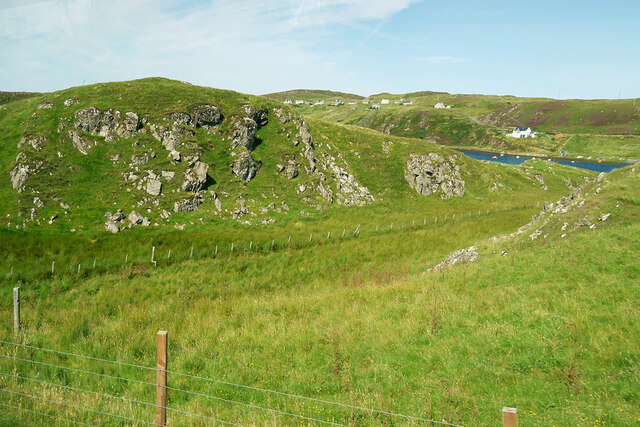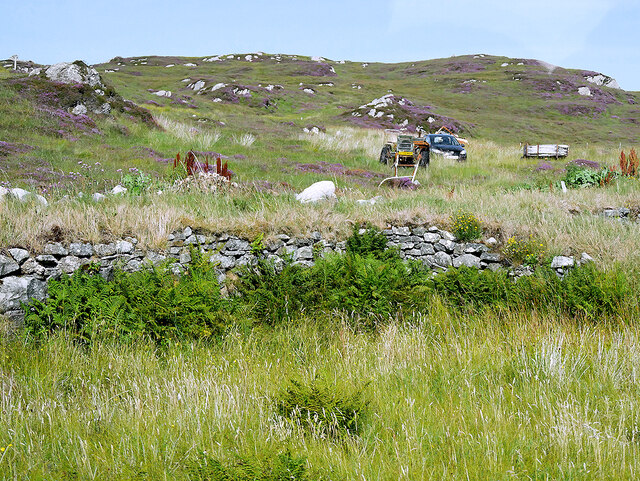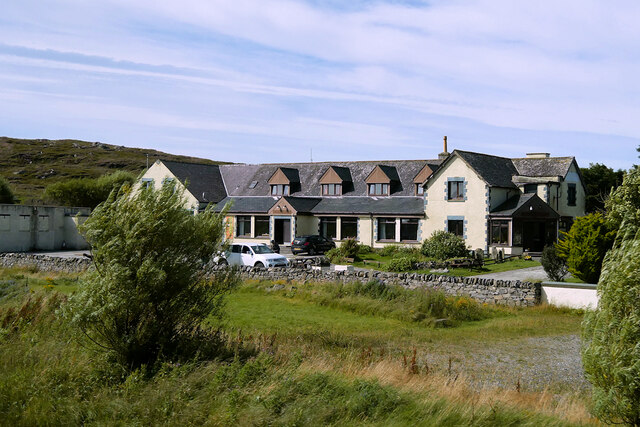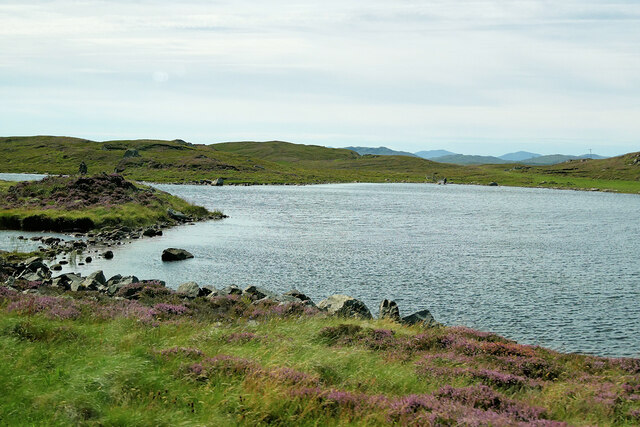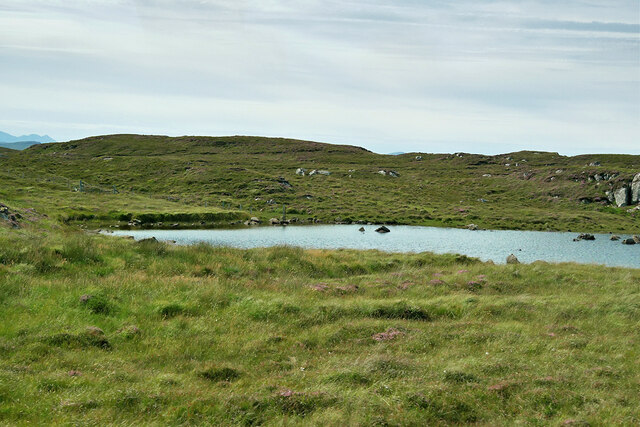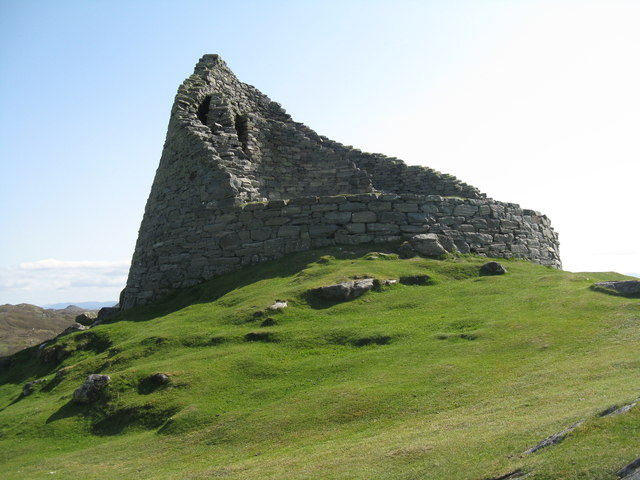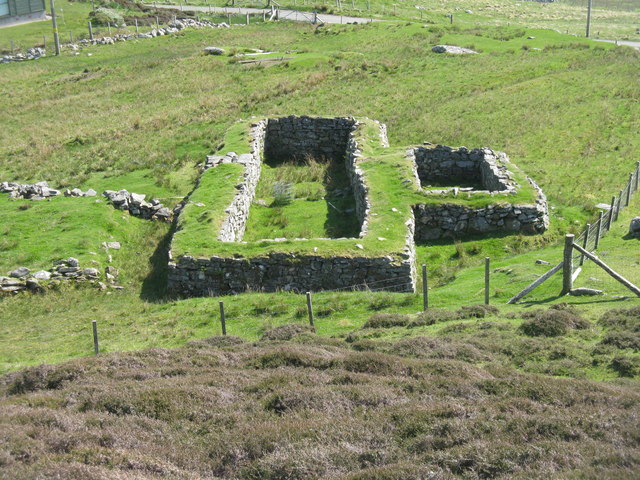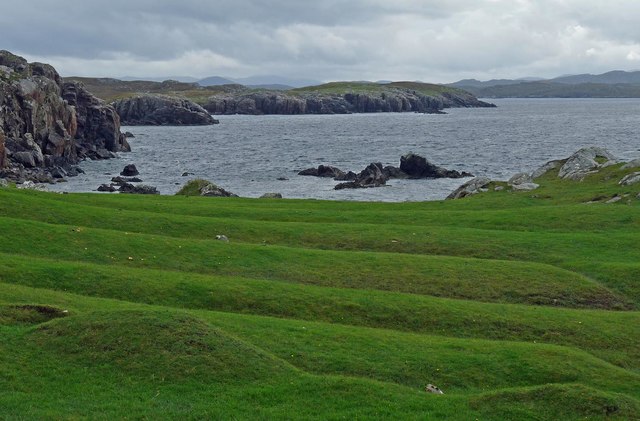Sìdhean
Hill, Mountain in Ross-shire
Scotland
Sìdhean
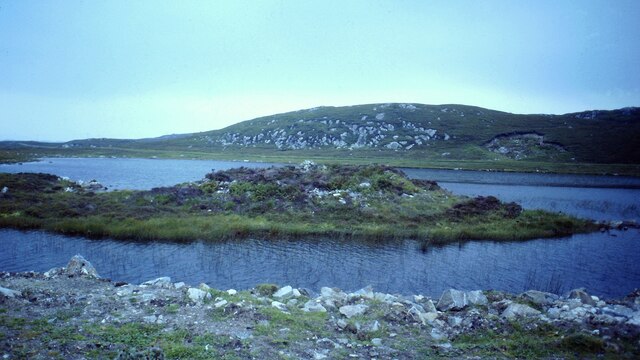
Sìdhean, located in Ross-shire, Scotland, is a prominent hill/mountain that offers breathtaking views and a sense of tranquility to visitors. With an approximate elevation of 859 meters (2,818 feet), Sìdhean stands proudly in the Northwest Highlands and forms part of the Torridon mountain range.
The hill/mountain is characterized by its rugged and rocky terrain, making it a popular destination for hikers and mountaineers seeking a challenge. Its distinctive profile, with steep slopes and craggy peaks, adds to its allure. Sìdhean offers a range of routes catering to different skill levels, from gentle ascents to more demanding and technical climbs.
Once at the summit, the reward is an awe-inspiring panoramic view of the surrounding landscape. On clear days, one can see the sparkling waters of Loch Torridon, the dramatic peaks of neighboring mountains such as Liathach and Beinn Alligin, and the vast expanse of the Scottish Highlands stretching out before them.
Sìdhean is also known for its rich biodiversity. The hill/mountain is home to various plant species, including heather, bilberry, and mosses, which create a vibrant tapestry of colors throughout the year. Wildlife enthusiasts may spot red deer, mountain hares, and golden eagles, among other species that inhabit the area.
Whether it is the challenge of conquering its slopes, the stunning vistas, or the chance to immerse oneself in the natural beauty of the Scottish Highlands, Sìdhean in Ross-shire offers a memorable experience for outdoor enthusiasts and nature lovers alike.
If you have any feedback on the listing, please let us know in the comments section below.
Sìdhean Images
Images are sourced within 2km of 58.269415/-6.7988116 or Grid Reference NB1841. Thanks to Geograph Open Source API. All images are credited.
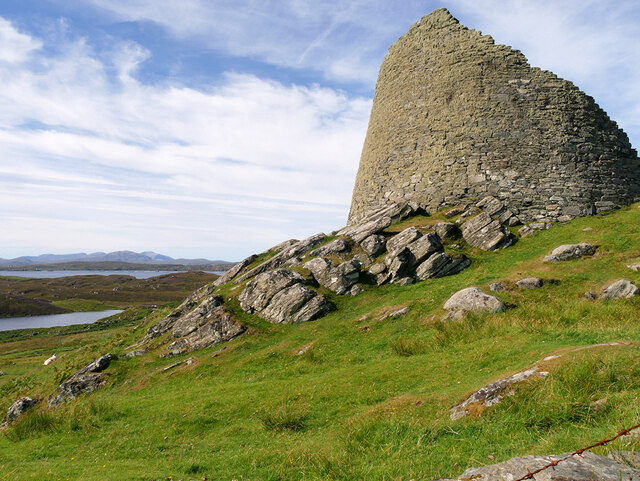
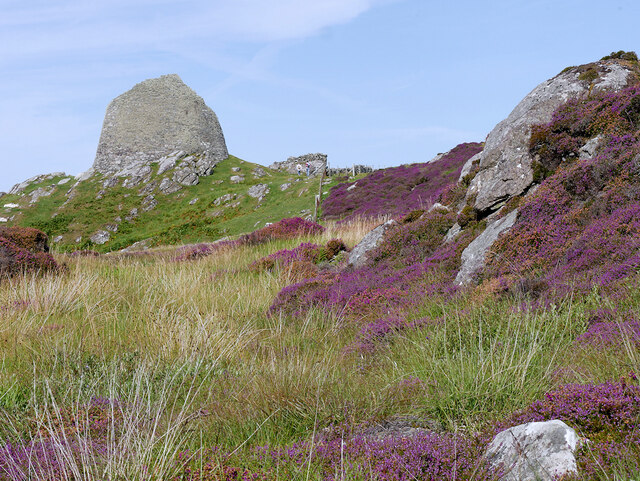
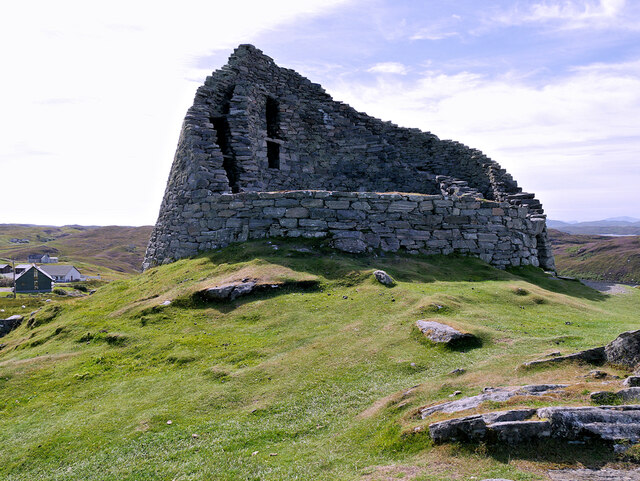
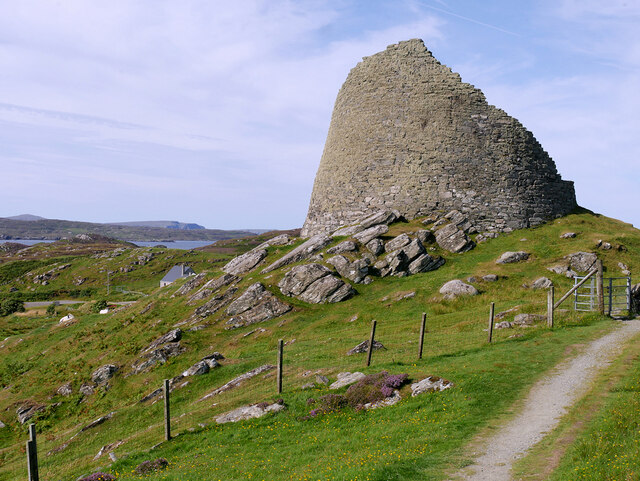
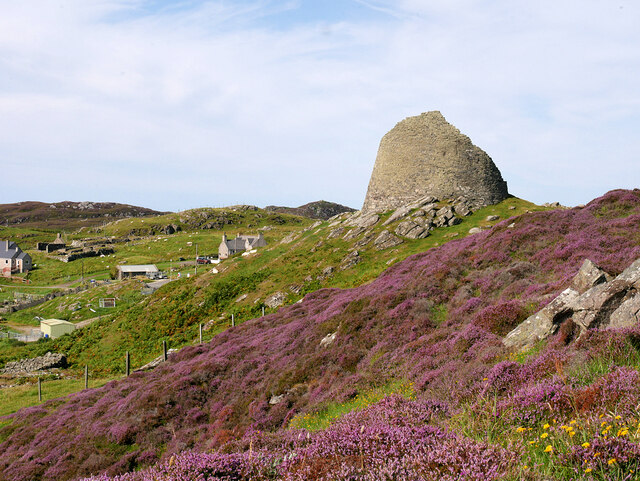
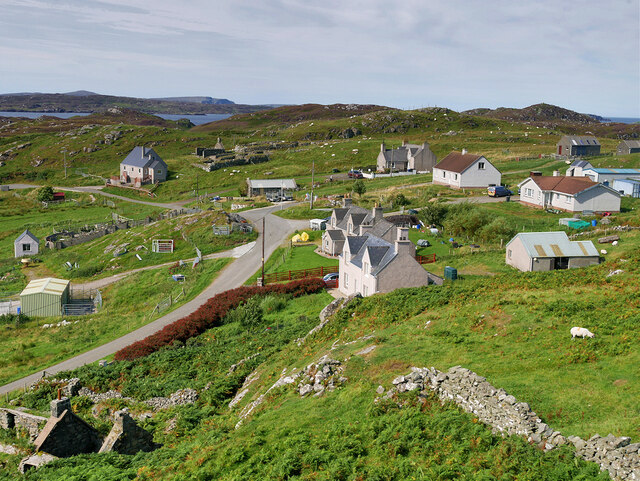
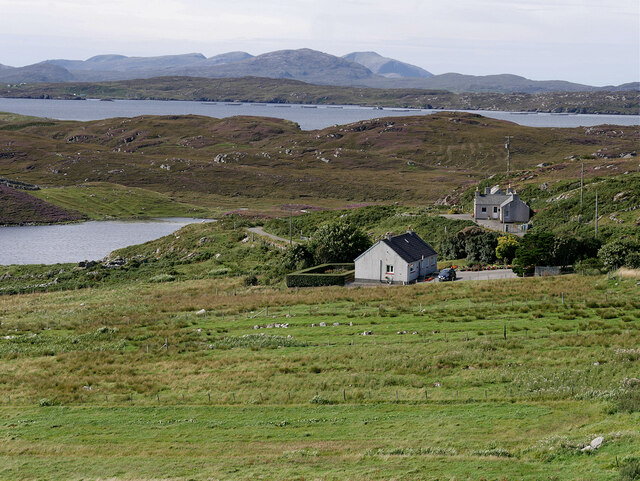
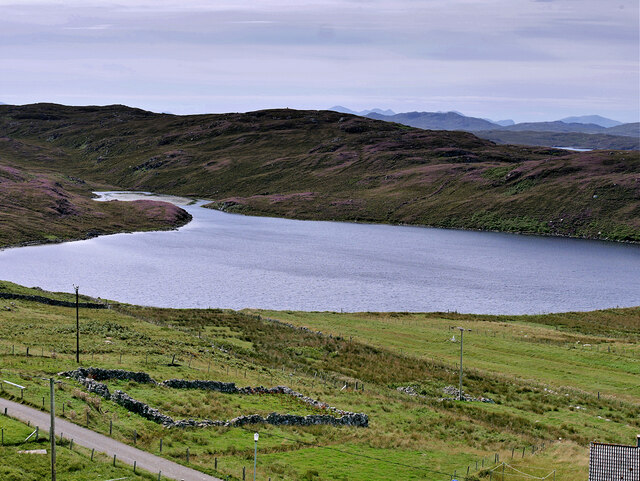
Sìdhean is located at Grid Ref: NB1841 (Lat: 58.269415, Lng: -6.7988116)
Unitary Authority: Na h-Eileanan an Iar
Police Authority: Highlands and Islands
What 3 Words
///hairspray.afraid.postage. Near Carloway, Na h-Eileanan Siar
Nearby Locations
Related Wikis
Dun Carloway
Dun Carloway (Scottish Gaelic: Dùn Chàrlabhaigh) is a broch situated in the district of Carloway, on the west coast of the Isle of Lewis, Scotland (grid...
Borrowston, Lewis
Borrowston (Scottish Gaelic: Borghastan), with a population of about 50, is a crofting township situated on the Isle of Lewis, on the Outer Hebrides of...
Carloway
Carloway (Scottish Gaelic: Càrlabhagh [ˈkʰaːɾɫ̪ə.ɤː]) is a crofting township and a district on the west coast of the Isle of Lewis, in the Outer Hebrides...
Garenin
Garenin (Scottish Gaelic: Na Gearrannan) is a crofting township on the west coast of the Isle of Lewis in the Outer Hebrides of Scotland. Garenin is in...
Nearby Amenities
Located within 500m of 58.269415,-6.7988116Have you been to Sìdhean?
Leave your review of Sìdhean below (or comments, questions and feedback).
